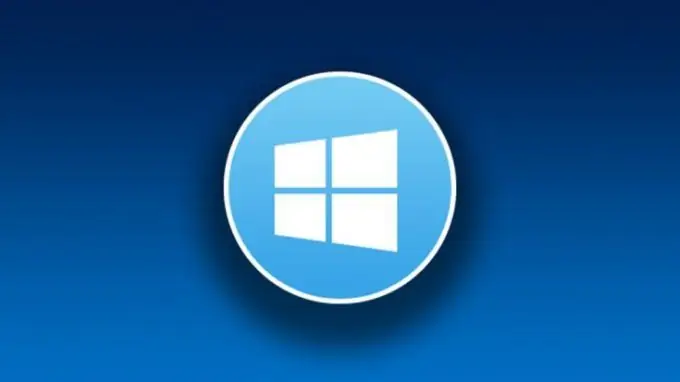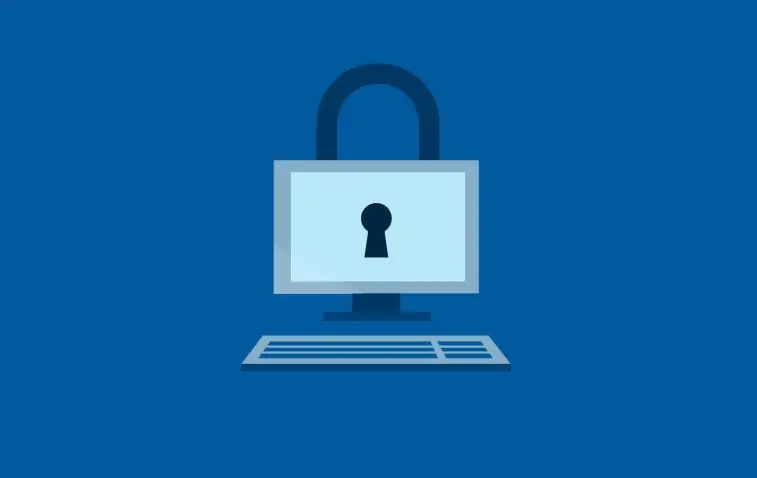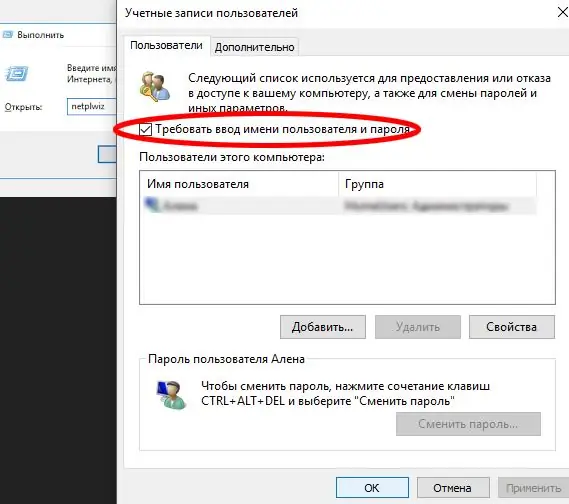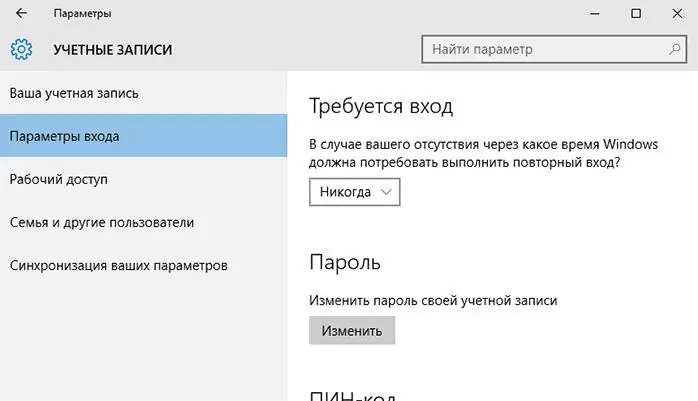If the owner of a laptop or PC is its only user, then to save time, it is more expedient to remove the password when entering Windows 10 and disable its request after hibernation.

Creating a password for your account helps keep your personal information safe from third parties. This is especially true for office workers or family members using the same computer. If you are the only one sitting at the laptop, each password entry at power on and after exiting sleep mode will take up valuable time. To log in faster and immediately access your desktop, simply remove your password when you log into Windows 10.

Those users who do not log into the system using a Microsoft account, but through a local account, can reset their password through the "Settings" section in the "Start" menu. Open Accounts, go to Login Options and click on Change under the Password heading. In the window that opens, enter the current password and click "Next". Then you will be prompted to change it. Here you need to leave all three columns empty, click "Next" and confirm "Finish".
You can disable the password prompt for your Windows 10 account using the "Run" window. Right-click on the "Start" menu icon or open a window on the keyboard by pressing Win + R. In the "Open:" field, type netplwiz, press OK or Enter. In the window that appears, uncheck the box "Require username and password" and click "Apply". The "Automatic login" window will pop up. In the user column, the name of your account will be entered, and the rest of the lines should remain empty. By clicking OK, you agree to log into Windows 10 without entering a password.

Removing the password from the computer after waking up from sleep mode is quite easy through the "Settings" section of the "Start" menu. Open Accounts and look for Login Options. Select Never in the drop-down menu for the Login Required heading. Now, even if you are distracted and the laptop goes into sleep mode, you do not have to remember your password and keep typing it in.

Remember that by deactivating this feature in Windows 10, you open automatic access to the system to everyone who decides to use your laptop or PC. Before turning off the password request for your account, think about the possible risks and consequences, and only then make an affirmative decision.






